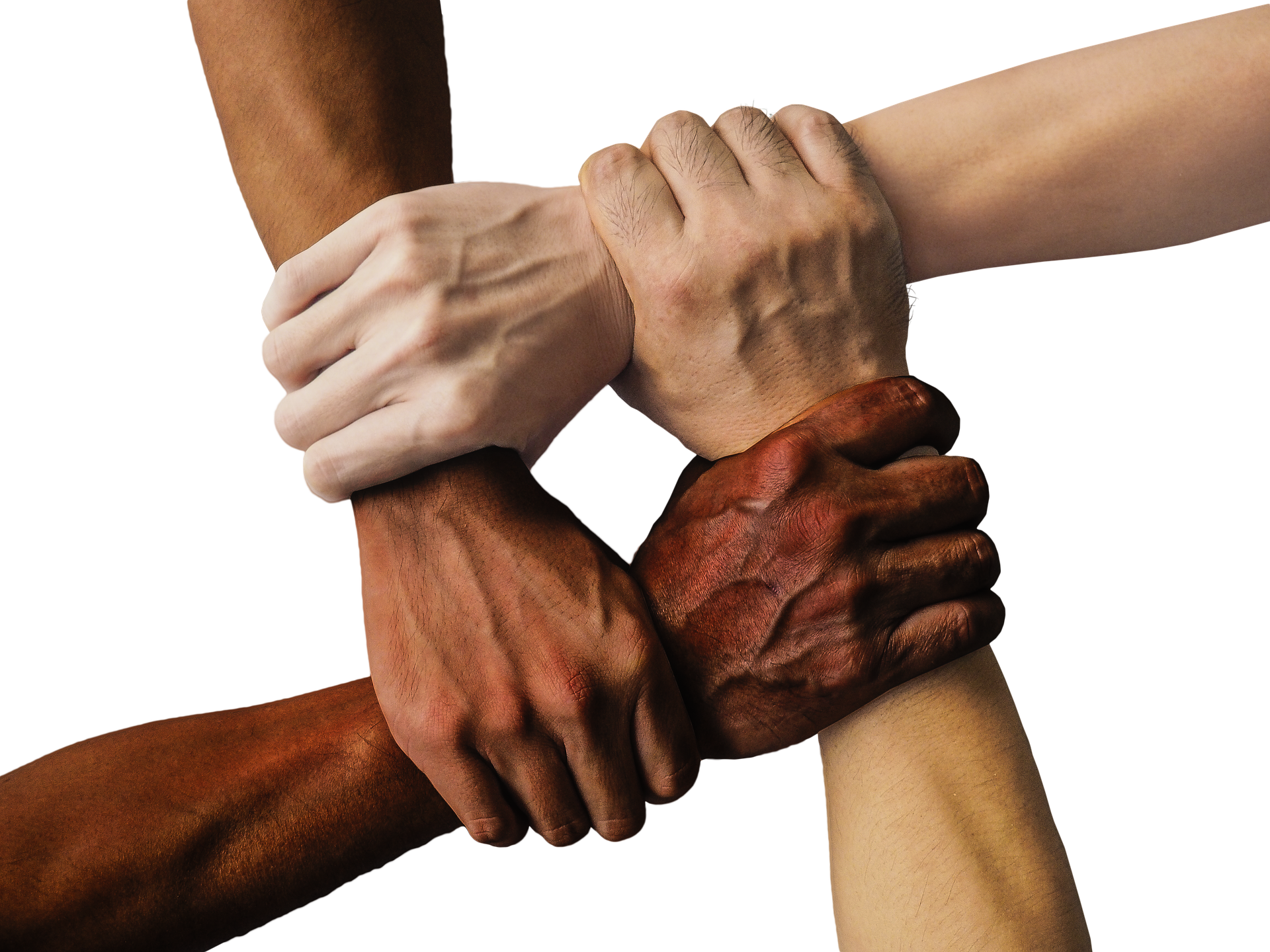
An Approach to Solving Conflict That’s Feminist and Fair
I’m sitting in a classroom of a small alternative high school in Washington, D.C., in a circle with two students who’d gotten into a physical fight the week before, and their families. We’re seated around a colorful cloth covered with meaningful objects. One of those objects is our talking piece, in this case, a hippo paperweight that belonged to my grandfather who passed away when I was in elementary school. The talking piece regulates conversation: whoever holds it has the chance to say whatever is in their heart and on their mind – and everyone else has the chance to listen deeply. Though I’ve notified everyone beforehand that this conversation will likely be different from what they’re used to (using a talking piece, for instance) their skepticism of this New Age-y, touchy-feely process is palpable. Still, we proceed.
The mood is tentative at first. Responses are short and surface-level. People are glancing at their watches, wondering when they’ll be done and can get back to their lives. And then, something shifts. A dean who’s in the circle with us, an African American male like the two high school students, shares how hard it was for him as a young person, and a young Black man specifically, to stay safe and on track in school and beyond. One of the students’ mothers then tells us how terrified she is every day that her son will leave the house and not come home that night. She starts crying, imploring her son to stop fighting, to be more careful, to protect himself.
Her son then speaks softly about the challenges of getting through each day, the danger of crossing town to get to school, Black and wearing a hoodie. The circle continues with more sharing and then creating an agreement about how everyone present can help repair the harm done and prevent further harm from happening. By the end, the family members say they need circles for them, not just for the students.
Circles are a restorative practice that have become more widely used as a means to build community, address conflict and harm, and hold difficult conversations. While circles are experiencing a new popularity, they are an extremely old way of doing things, deriving from practices and wisdom of indigenous communities around the world. They have been used in a wide variety of situations, and are often an alternative to punitive systems and approaches: suspensions and expulsions, the criminal legal system, prisons. In recent years especially, more and more people are acknowledging the harm perpetuated by those systems, the profound lack of transformation they bring, and how they uphold racist and oppressive structures.
Circles are part of a complete shift in worldview, a new lens for seeing the world, referred to as “restorative justice” and “transformative justice.” This worldview offers a radical reimagining not just about how we deal with wrongdoing but also about how communities look out for each other as a reflection of their interconnectedness.
As feminists, we can recognize the power of a bold revisioning of how we should be together in the world. Feminist visions imagine a world without patriarchy and sexism, a vision that can seem audacious and even brazen in the deeply broken world we live in but which we nonetheless strive to believe is possible. What other option is there? Both these re-imaginings take the leap of asserting that we cannot go on as we have, that too much harm has been caused. And both feminism and transformative justice affirm that we can – and in fact we must – imagine and try to bring into reality worlds in which we do things differently, where there is respect for all of our dignity, equality, and the ability to resolve issues for ourselves.
This way of being also has deep connections with Jewish approaches to conflict and harm. On Yom Kippur – and hopefully beyond then – we practice teshuva and speak directly to those we’ve harmed. Maimonides’s Hilchot Teshuva even outlines the steps of teshuva and extols how the practice brings us closer to God. Our tradition underlines the way we as individuals and communities have the ability and the obligation to address harms between us and make it right without relying on outside systems, without locking people up or kicking them out.
There’s a coda to the story I began with. As the students, their families, the dean and I concluded our circle, police officers burst into the room and arrested one of the students in front of all of us. The arrest was for a minor and unrelated incident. And just like that, all the powerful work we’d done together, the spirit in the room, disappeared as the student was dragged out in handcuffs and his mother desperately tried to figure out where he was being taken, why, and what she needed to do next. Even more than the experience we’d managed to bring about in that room, it is this final scene, undoing so much of what we had accomplished, that I will never forget.
We know that addressing issues like the gender pay gap or underrepresentation in politics is vital, but we also know that if our systems don’t change in radical ways, patriarchy, sexism, heterosexism, transphobia, etc., will continue to rear their heads in one way or another. Likewise, we need to radically reimagine how we deal with harm and how we can restore relationships and communities when they are broken. Transformative justice offers a way to do that. For a more just world, we must shepherd these visions into reality.



